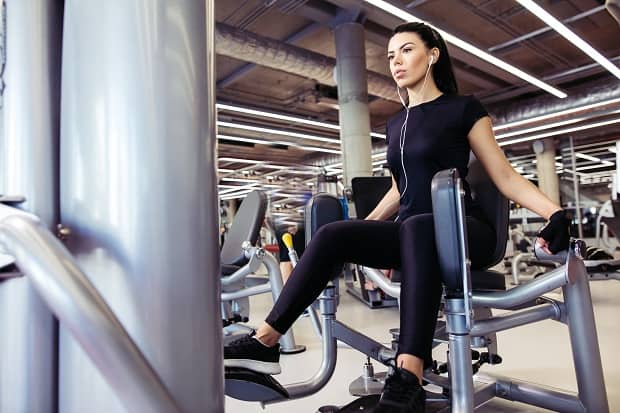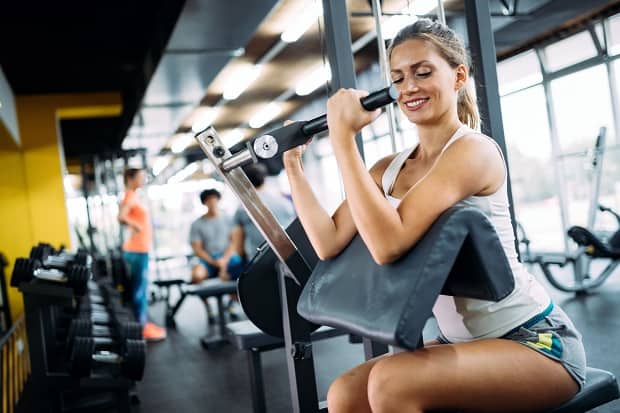
Isolation exercises take place in an athlete’s training plan at any stage of training. In this article, we will figure out why they are needed, what is the difference between basic exercises and isolating exercises, and how to perform them correctly.
What is isolation exercise?
Isolating exercises are those in which the load, unlike basic exercises, is strictly local in nature – you load only one muscle group (or its separate section), while flexing / extending only one joint.
Such a load is much more easily accepted by the body. Isolation exercises are easier both physically and mentally. They do not cause serious post-workout stress, so they are not growth factors in and of themselves, the reason for doing them is somewhat different.
The role of isolation exercises in the training process
Isolation exercises are needed for:
- Stronger pumping (blood filling) of the working muscles, if performed at the end of the workout. This is also referred to as “finishing off” the muscle group.
- Improve neuromuscular communication and muscle pre-fatigue if done early in the workout.
- Improved muscle definition and proportionality.
- Complete training without overloading the articular-ligamentous apparatus and the central nervous system, for example, when recovering from injuries or illnesses.

The best isolation exercises for different muscle groups
Below is a list of the most popular isolation exercises that we recommend using in your workouts.
Isolating Leg Exercises
- Leg extension in the machine. This exercise is performed to locally work the quadriceps. It should be done with light weight, trying to squeeze the muscles as much as possible at the top point. Performing it at the beginning of the workout, you prepare your knees for heavy squats and presses, and by doing it at the end of the session, you can finally “finish off” the muscles of the legs.
- Leg training / leg extension. Information is used to shape the inner thigh. To work out the outer part of the thigh and gluteal muscles, dilutions are made. It is recommended to perform them at the end of the workout in a wide range of repetitions – from 15 and above.
- Lying / Seated / Standing Leg Curl. These exercises will work your hamstrings. Add a deadlift on straight legs with the first exercise for a full workout. It is important to take a short second pause at the point of peak contraction, this helps to further load the back of the thigh. Also, do not forget about controlled and slow lowering of the legs.
- Glute Bridge. This exercise is often performed by girls at home to tone the gluteus muscles. The main thing here is to monitor the breathing and the pace of execution, there should be no sudden movements, if necessary, use additional weights – a barbell or a dumbbell. This exercise can also be performed in some leg extension machines.
- Leg swings. Can be performed on the lower block of the crossover or simply on the floor, in which case the dumbbell can be placed on the bend of the working leg. They also load the gluteal muscles well.
- Standing and Seated Calf Raises. These are exercises for the calf (while standing) and soleus (sitting) muscles. It is important to position your feet on the machine platform so that you can lower your heel as low as possible at the lowest point. This will help you stretch your muscles better and increase blood flow.
